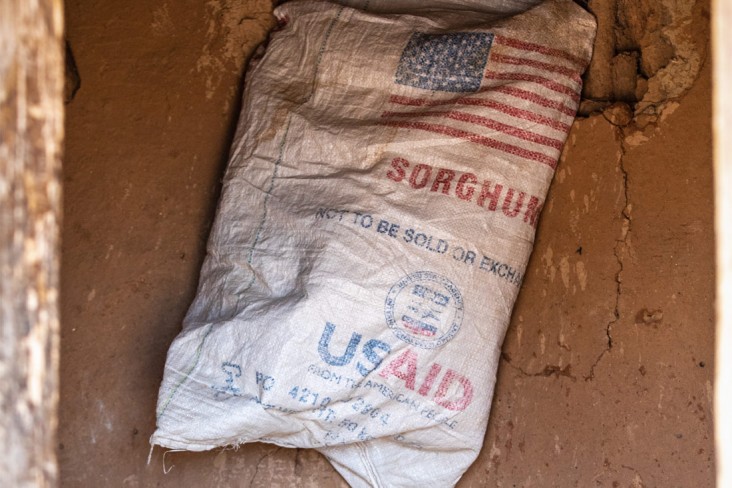- What We Do
- Agriculture and Food Security
- Democracy, Human Rights and Governance
- Economic Growth and Trade
- Education
- Environment and Global Climate Change
- Gender Equality and Women's Empowerment
- Global Health
- Humanitarian Assistance
- Transformation at USAID
- Water and Sanitation
- Working in Crises and Conflict
- U.S. Global Development Lab
Speeches Shim

Latest Fact Sheet
2020_09_30 USG Southern Africa Fact Sheet #3 ![]() (pdf - 432k)
(pdf - 432k)
view text version [pdf, 191kb]
2020_09_30 USG Southern Africa Program Map ![]() (pdf - 2 MB)
(pdf - 2 MB)
Key Developments
Efforts to limit the spread of coronavirus disease (COVID-19) across the Southern Africa region—including in Angola, Botswana, Comoros, Eswatini, Lesotho, Madagascar, Malawi, Mozambique, Namibia, South Africa, Zambia, and Zimbabwe—have slowed economic activity and negatively affected livelihoods, restricting access to food and other essential goods and services, according to relief actors.
In Mozambique’s Cabo Delgado Province, escalating organized armed group attacks since January have resulted in civilian deaths, generated widespread population displacement, and limited access to food and basic services in affected areas, the UN reports. As of early June, the International Organization for Migration had recorded more than 211,000 internally displaced persons (IDPs) in Cabo Delgado—more than twice the number of people that were displaced across the province in January.
Drought remains a primary driver of food insecurity in parts of Southern Africa, including in areas of Madagascar, Malawi, Mozambique, Zambia, and Zimbabwe. According to the latest IPC analyses, 4.3 million people in rural Zimbabwe were facing Crisis—IPC 3—or worse levels of acute food insecurity in March, and 554,000 people in parts of southern Madagascar will likely face Crisis or worse levels of food insecurity through July, primarily due to protracted drought conditions.

Comment
Make a general inquiry or suggest an improvement.